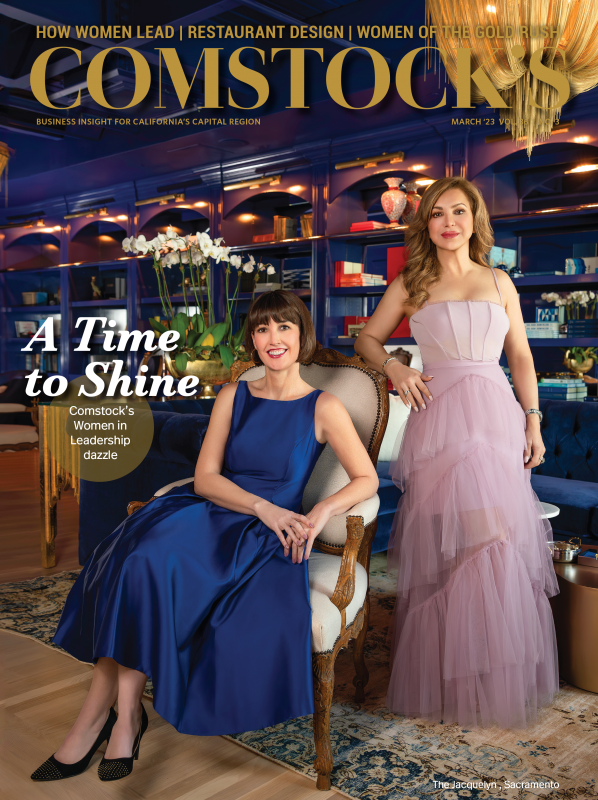In a county known for its wealth of Gold Rush-era museums, undoubtedly some of the most compelling stories from that time reside at a former orphanage hidden within the 160-year-old walls of the Grass Valley Museum.
The museum housed inside the three-story Saint Joseph’s Cultural Center, the home of Mount Saint Mary’s Convent and Academy for a century beginning in the mid-1860s, is the oldest remaining convent building west of the Rockies. Surrounded by the Saint Joseph’s Historic Rose Garden a few blocks from downtown, the museum and its 2,500-plus artifacts are a testament to women’s history in a town where miners dominated the storytelling narrative.
The St. Joseph’s Cultural Center building was completed in 1886
by members of the local community as a convent for the Sisters of
Mercy and remains today the oldest remaining convent building
west of the Rockies.
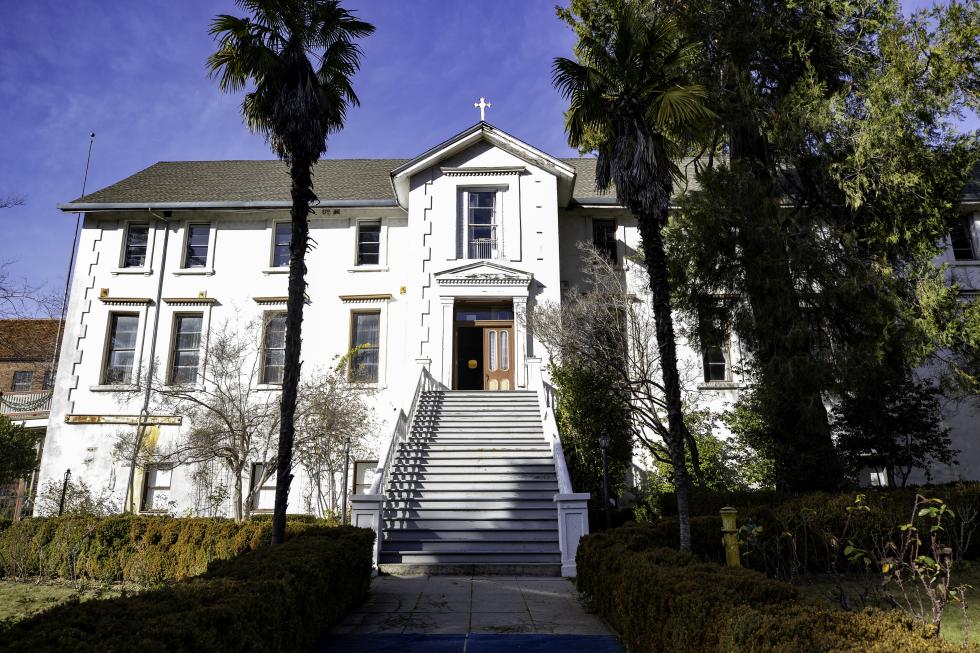
As the only orphanage in Northern California at the time, approximately 60 nuns and other staff took in and cared for hundreds of needy children. They were mostly girls, from as far away as Oregon and Nevada. Boys resided there too but usually left at age 13 to work in the mines, while the girls stayed on to learn skills that would enable them to find employment.
“Their contributions were huge,” says Museum Director Paul Coddington about the role the nuns played in shaping the lives of young girls. He notes that the 1860s marked the beginning of rapid growth of Catholic communities that set the tone for the next 100 years at the convent. “By 1900, Catholic women had founded over 500 hospitals in the U.S.,” Coddington says. “They founded all levels of schools, including universities, and they did a huge amount of social work, including in the community.”
This empty classroom was once run by Sisters of Mercy nuns.
“Their contributions were huge,” says Museum Director Paul
Coddington regarding the role the sisters played in shaping the
lives of young girls.
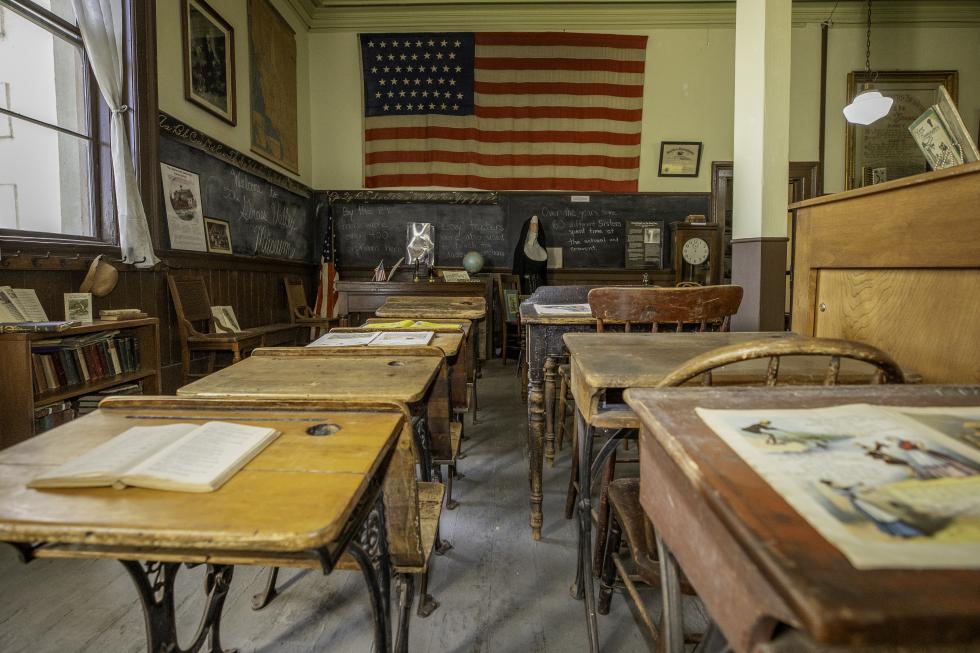
Rich Hill, a board member with the Mount Saint Mary’s
Preservation Committee, stands inside the St. Joseph’s Chapel
Hall, built in 1894.
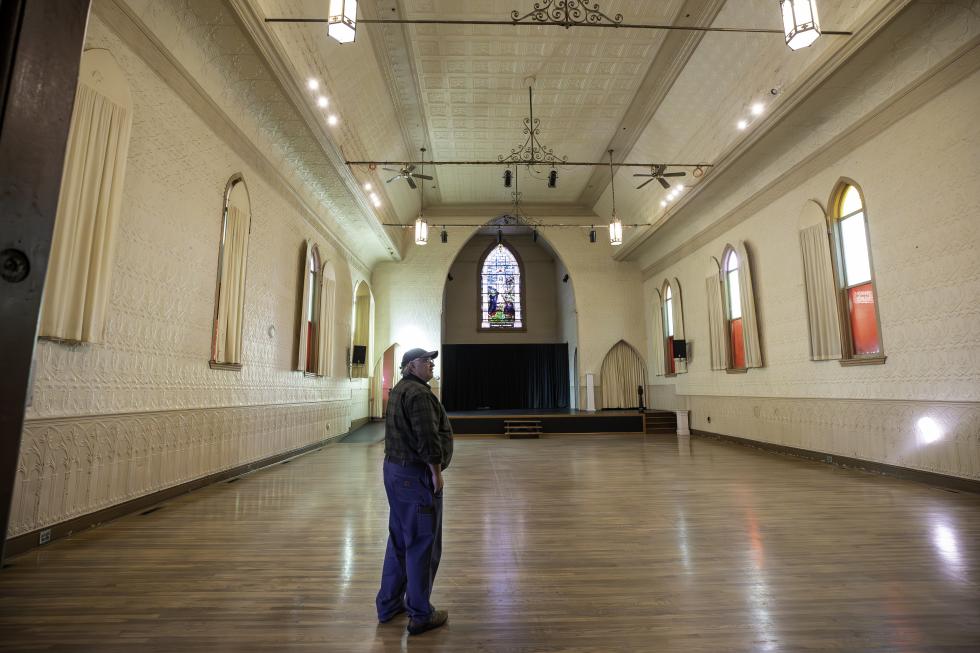
One can only imagine how the welcoming iron gates facing South Church Street looked to incoming children, some left there by mothers who were unable to care for them after their husbands died in the nearby mines, many of whom were buried at the St. Patrick’s Cemetery across the street. The building and rose garden became a California Historical Landmark in the 1970s, also listed on the National Register of Historic Places.
Many of the stories from the orphanage years are heartbreaking, says Rich Hill, a board member with the Mount Saint Mary’s Preservation Committee. “The orphans who were here did not necessarily lose both of their parents,” he says. “If you were a single parent, this was your only option in many cases. So we have some incredibly touching stories of a single parent struggling and that putting children here was what made life good for everybody.”
Baby dolls in a crib at the Grass Valley Museum depict the young
ages of some of the children who ended up at the orphanage from
1866 until the 1960s.
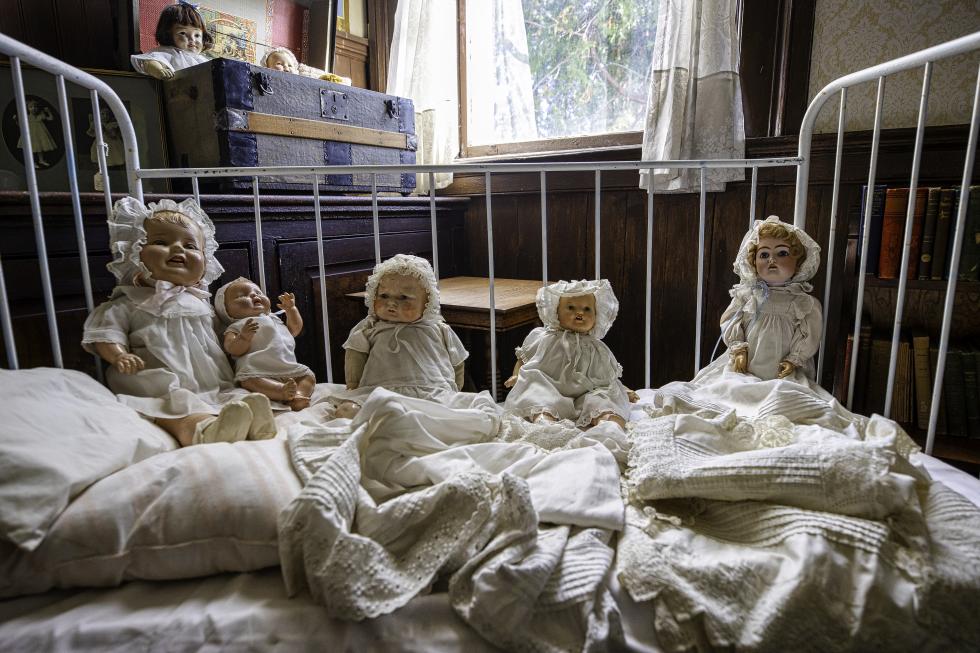
The museum tells their stories in many ways. The rooms are filled with relics and recreations from the Victorian era when the convent was going strong, circa 1900, celebrating not only Mother Baptist Russell, who built the convent, but also other important historical women figures like international entertainer Lola Montez, who lived in Grass Valley during the mid-1850s and whose bathtub and stove are displayed. Classroom desks fill one room, with baby dolls in a crib looking on. Women’s clothing from the era are displayed throughout the house. The nuns stayed upstairs in rooms that are now rented as artist lofts, Hill says.
The cultural center is a popular wedding venue, with an arts and entertainment complex, consisting of the 300-occupancy Saint Joseph’s Chapel Hall and other meeting rooms and artist spaces. The museum is open to the public from April to January, but appointment visits can be accommodated, Hill says.
Museum Director Paul Coddington, left, and Rich Hill, a board
member with the Mount Saint Mary’s Preservation Committee, show
off a collection of vintage dresses ranging from the 1850s to
around 1912.

With March being Women’s History Month, the museum is holding a community open house on March 30, where community members will help highlight some of the key historical women figures from the area, says Hill, who notes that the property will be filled with special displays. “We’re using a play on words, calling it HERstory, rather than HIStory,” Hill says. “There really needs to be more of an emphasis on celebrating everybody’s story, rather than just the gold miners, because there are women that have done some great work here that have gone unrecognized.”
The museum has also become a sacred place for many visitors, who have linked family members to the orphanage, Hill says, estimating they get approximately three genealogy related visitors a month. “It’s a place you can go through, where an ancestor of yours — during the worst part of their life — had experiences here and, can touch those same walls,” he says. “Some of the stories that we get include unbelievable hardship. But we also get people who come through, say ‘This place made my grandmother a self-sustaining woman.’”
Stay up to date on business in the Capital Region: Subscribe to the Comstock’s newsletter today.
Recommended For You
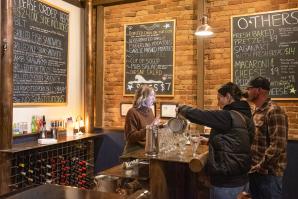
Lotus Pub Is a Low-Key Gourmet Hideaway
A place to take your time by the South Fork of the American River
It’s the first night back after Lotus Pub’s annual two-week holiday break, and at 5 p.m. when the doors swing open on this frigid Friday in January, a line has already formed.
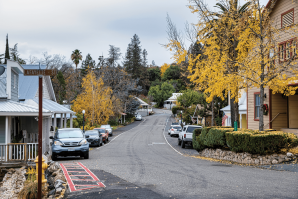
Mokelumne Hill Is Authentic California Gold Country
The entire Gold Rush-era town is a designated historic landmark
Mokelumne Hill may not be the busiest tourist hub in the Amador-Calaveras Sierra Nevada foothills loop that includes Sutter Creek, Jackson, Angels Camp and Murphys. But that doesn’t mean the uniquely well-preserved 1850s Gold Rush-era settlement along the Mokelumne River, often called Moke Hill by the locals, is lacking in things to do and see.
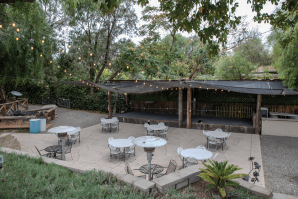
Mountain House Bar & Grill is in the Middle of Gold Rush History
The remote waypoint has served travelers for more than 170 years
It’s a stop for nightly commuters, a biker bar and a family-oriented historical highway landmark, hosting everything from car shows, weddings and baby showers, to taco Thursdays and Wednesday trivia nights.

Mounted Animals Draw Visitors to Iconic Foster’s Bighorn for 90 Years
Rio Vista restaurant and bar features hunting trophies from around the world
Bud Milo enters the 90-year-old restaurant and bar on Main Street in Rio Vista for the first time, and his expression immediately changes after seeing 300 mounted hunting trophies and photos lining the walls. “There’s a whole lot of animals here,” says the incredulous Milo.
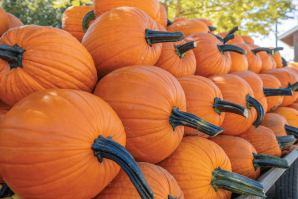
Family Fun at Bishop’s Pumpkin Farm in Wheatland
Three generations have run the popular attraction for more than 50 years
Wayne Bishop of Bishop’s Pumpkin Farm in Wheatland claims the farm is the largest pick-your-own pumpkin patch in the world. It remains a true family-run business, with Wayne, his wife Ann, his sons Lee and Austin, and his daughter-in-law Courtney leading the farm his parents started more than 50 years ago.




